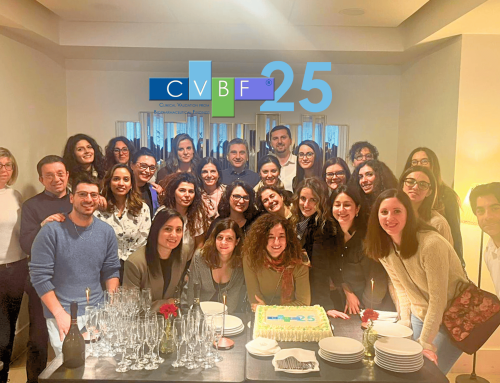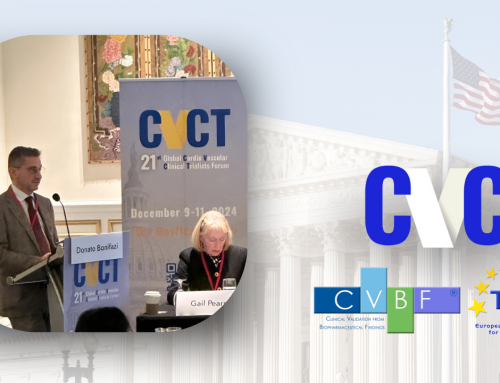During the SME WEEK, the European Week of Small and Medium Enterprises and together with all partners of the SMARTINNO project, co-funded by the European Union in the framework of the program of cooperation “IPA Adriatic Cross-Border 2007-2013”, the Science and Technology Park Valenzano (Ba), Tecnopolis, Department of Medical Technology, organized from 16th to 20th November, 2015, a 5-day event entitled “Technological SMEs for the health industry“, dedicated to the important contribution that SMEs make to’innovation in the health system.
The SME Week, which took place in 37 European countries with the aim of promoting the entrepreneurial spirit, has been an important protagonist of the economic recovery as it had a key role in the search for innovative solutions and the preparation of new products and services. Innovation in health technology, the common thread of the event, has, in fact, the power to increase the efficiency and effectiveness of the personal care, both through revolutionary steps in medical prevention, diagnosis and treatment, and through the application of innovative technology to do more with fewer resources, and combining the needs and the legitimate demand of citizens to have better services with compression needs, or at least rationalized expenditure. The innovative technologies will support Europe for more sustainable health care and a more competitive industry because SMEs are vital for certain solutions, and their needs must be taken into account when developing successful policies for the health industry. Prominent guests in the field of clinical- scientific training -, attended the scientific sessions, which, with CME credits, were focused on in-depth thematic areas in terms of new technologies applied to health (advanced diagnostics, home care, image analysis, technologies for rehabilitation, information for patient health management, etc.).
In the session “Big Data and Health“, which was held on November 19th, 2015, Prof. Adriana Ceci, President of the Gianni Benzi Foundation and Scientific Coordinator of the Network TEDDY– CVBF, addressed the topic of big data in healthcare, illustrating developments and showing the usefulness to society, with a presentation entitled “Big data and small population. The use of complex data in the context of a pediatric research infrastructure“. Professor Ceci stressed the importance of having, in the pediatric field, a great deal of useful data to achieve clinical, experimental and therapeutic results that would require lengthy and complex testing procedures on children. “The theme of Big Data” explained Prof. Ceci – “is connected to the creation of large research networks located around the world that allow to put together clinicians, investigators, researchers with all the necessary expertise, including companies providing the tools to make value these experiences. ”
The interview with Prof. Adriana Ceci and other protagonists of the event are available on Puglia Convegni portal.
On November 20th, 2015, in the session entitled “Information Technology and robotics for the course of health,” thevice president of the Gianni Benzi Foundation, Fedele Bonifazi, has instead addressed the issue of the suitability of care.His presentation, entitled “The HTA-THAL Register: IT tools for suitability of care” has highlighted the need to optimize the therapeutic outcome while reducing waste, including through the systematic adoption of treatment protocols and guidelines evidence-based, to ensure appropriate interventions.
But what it is meant by suitability? “Interventions provided for the diagnosis and treatment of a given condition,”explained Bonifazi, “are to be considered appropriate if the proven effectiveness is provided having correctly identified: patients who can benefit from it; the most appropriate care setting, including the characteristics of the professionals involved; time that, within the natural history of the condition being treated, makes the benefit-risk profile more favorable. The National Health Service should therefore aim to maximize the probability of obtaining the desired effects and reduce waste, making sure that the expected benefits in terms of health – well-being exceed, with a sufficiently wide margin of probability, the negative consequences of surgery itself. ”
For more information, see the event brochure.



